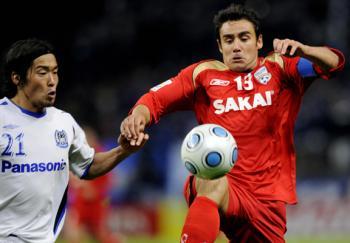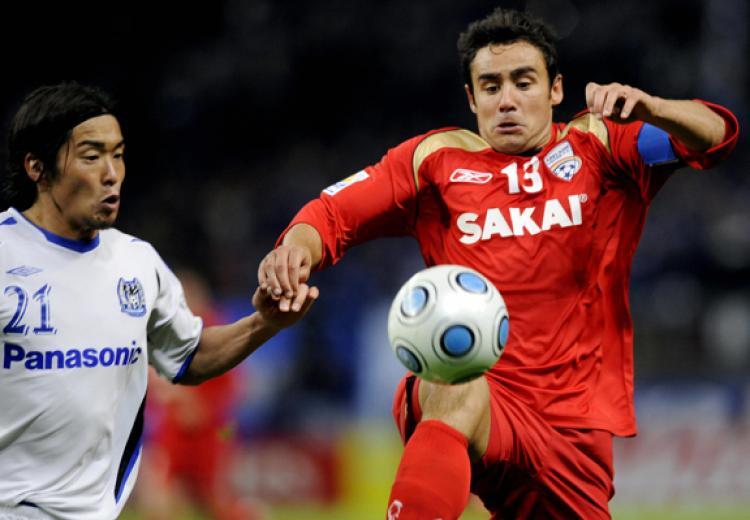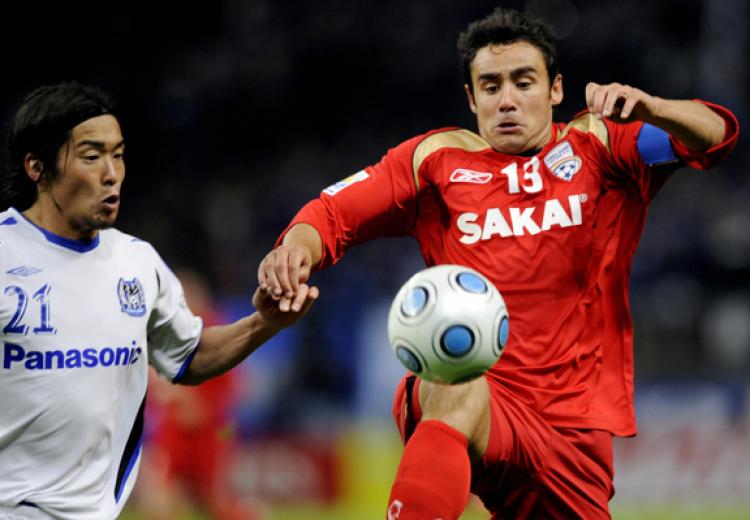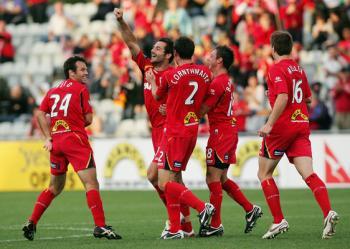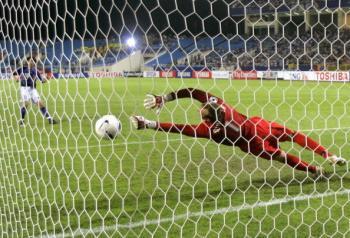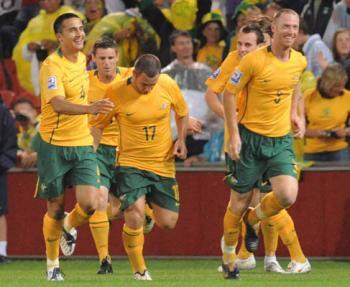Football Federation Australia and fans around the country will no doubt look back on 2008 as another landmark year of development for the game in Australia.
This time last year, the Socceroos were yet to embark on our first-ever World Cup qualification journey through the Asian Football Confederation with just four-and-a-half places up for grabs for the region’s 46 competing nations.
The FFA’s first choice national coach had backed out at the last minute, instigating a race to sign a replacement capable of guiding Australia over the unforeseen hurdles Australia had encountered in reaching the last eight nations at the 2007 Asian Cup.
A-League clubs had made their debut in the 2007 Asian Champion League, but both Sydney FC and Adelaide United had failed to advance past the opening Group stage from the 28 elite regional clubs entered.
The A-League itself was half-way through its third season, but calls were growing louder by the month for expansion beyond its eight club foundations as well for the establishment of a national youth league and women’s league.
An Australian bid to one day host the FIFA World Cup as the world’s biggest sporting event was a dream discussed by an enthusiastic few.
Fast forward a year, and under the astute management of new Dutch guru Pim Verbeek, the Socceroos topped their Stage 3 Asian qualification “group of death”, and completed the year leading their final stage group with three wins from three games, and a new year blockbuster with Japan next up.
With five matches to play in the first half of 2009, Australia appears positioned within a couple of wins of ensuring qualification for World Cup 2010 in South Africa—a historic first, having never before qualified for consecutive World Cups.
Meanwhile, Adelaide United became the first Australian club to reach the Asian Champions League Final, beating the club champions of China, Japan, South Korea and Uzbekistan along the way in home and away matches played throughout 2008. Well beaten in the ACL Final over two legs by Gamba Osaka, they met their 2008 nemesis again in the Club World Cup quarter-final at a Japanese stadium packed with Gamba fans only to lose a much closer and enthralling contest by a single goal.
On the domestic front, Gold Coast United and North Queensland Fury are well on the way to a competitive start in a 10 team A-League for season 2009–10, with a host of impressive domestic and overseas players already trumpeted at both new clubs.
The National Youth League has showcased Australia’s emerging talent representing all seven Australian A-League clubs with select players also turning out against these teams for Canberra and Tasmanian representative sides.
The eight team W-League, a national womens’ elite competition featuring sides from existing A-League clubs plus Canberra United, was launched as the first of the new domestic leagues on national free-to-air television.
The Rudd federal government ended its first year in office with the announcement of its full support, and $46 million in national funding backing Football Federation Australia’s bid to host World Cup 2018. While media commentators from inside and outside the game debated the merits of the bid or the size of the funding, junior clubs around Australia continued the rollout of new small-sided games development formats for a second year running, with record registration numbers for boys and girls yet again anticipated for season 2009.
Results Round 15
| Wellington | 1 | Perth | 1 |
| Central Coast | 2 | Sydney | 1 |
| Queensland | 2 | Newcastle | 1 |
Ladder Round 15/21
| Team | GD | Points |
| Adelaide | 7 | 24* |
| Melbourne | 7 | 23* |
| Queensland | 6 | 23 |
| Central Coast | 7 | 22 |
| Sydney | 4 | 20 |
| Wellington | -8 | 19 |
| Perth | -12 | 16 |
| Newcastle | -11 | 12 |
Round 16
Friday December 19, 2008
Wellington Phoenix FC
vs
Central Coast Mariners FC
Westpac Stadium
Wellington, NZ, 7.30pm
Newcastle Jets FC
vs
Melbourne Victory FC
EnergyAustralia Stadium
Newcastle, NSW, 8pm
Sunday December 21, 2008
Sydney FC
vs
Perth Glory FC
Sydney Football Stadium
Sydney, NSW, 5pm
Tuesday January 6, 2009*
Melbourne Victory FC
vs
Adelaide United FC
Telstra Dome
Melbourne, VIC, 7.30pm
Wednesday January 14, 2009*
Adelaide United FC
vs
Queensland Roar FC
Hindmarsh Stadium
Adelaide, SA, 7.30pm
*Round 15 and 16 matches rescheduled due to Adelaide’s participation in FIFA Club World Cup
